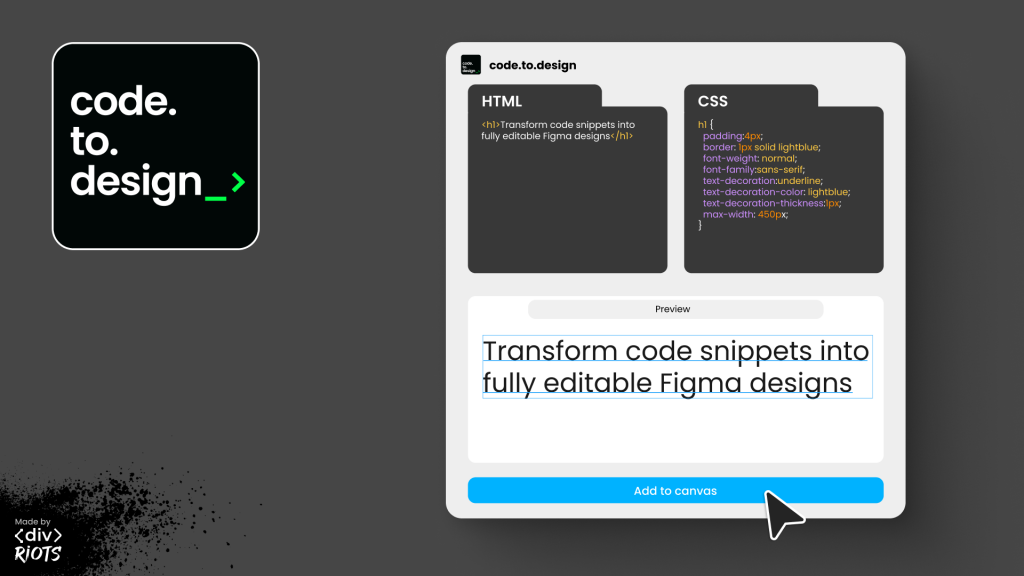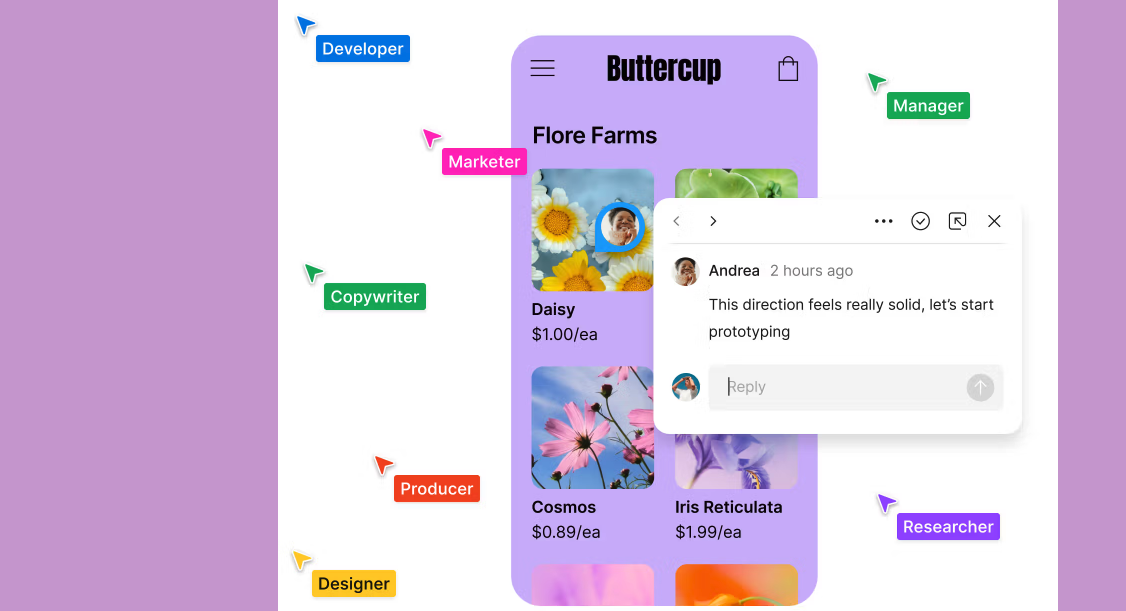Figma Goes Public: A New Era for Collaborative Design
On July 31, 2025, Figma, the web-based design platform that has revolutionized the way teams create digital products, made its debut on the New York Stock Exchange. Listed under the ticker “FIG,” Figma opened at $85 per share and closed the day at $115.50, with shares surging above $120 the following day. The successful IPO marks Figma as the latest tech darling to enter the public markets and is a testament to its remarkable growth and influence in the world of digital design.
Figma’s journey to this milestone has been anything but ordinary. In 2022, Adobe made headline news by offering $20 billion to acquire the fast-growing startup. However, the deal came under intense scrutiny from regulators in the United Kingdom, who warned that the merger could stifle competition in the design software market. After months of uncertainty, the deal was called off in 2023, allowing Figma to remain independent and continue its rapid ascent. Now, with its public debut, Figma has an opportunity to shape the future of design on its own terms.
What is Figma and Why is It So Popular?

Figma is a cloud-based design tool used primarily for user interface (UI) and user experience (UX) design. Unlike traditional design software that requires installation and manual file sharing, Figma operates entirely in the browser, allowing teams to collaborate in real time from anywhere in the world. This makes it a favorite for remote and distributed teams, as multiple users can work on the same project simultaneously, see each other’s changes live, and leave feedback instantly.
But Figma offers more than just design. Its suite includes FigJam, an online whiteboard for brainstorming and workshops, as well as Figma Slides, which lets users create presentations directly within the platform. With a mission to “make design accessible to everyone,” Figma aims to break down the barriers that have traditionally kept design tools in the hands of a few. Its intuitive interface, robust collaboration features, and browser-based accessibility mean that designers, developers, product managers, and even non-technical stakeholders can all participate in the creative process.
This democratization of design has made Figma the go-to tool for startups, agencies, and Fortune 500 companies alike. By making it easy for teams to share ideas, iterate quickly, and deliver polished products, Figma has set a new standard in the industry.
AI-Powered Code Generation: Figma’s Next Leap
In 2025, the company introduced a groundbreaking AI function that allows users to generate code directly from their designs using natural language prompts. With Figma Make, designers can select any element from their project, paste it into the tool, and type a prompt like, “turn this design into a pixel-perfect React app using Tailwind CSS.” The AI then analyzes the design and produces working code, which can be further refined through additional prompts.
This “prompt to code” approach is a major productivity booster. It enables designers and developers to rapidly prototype and deploy functional web apps without the traditional handoff bottlenecks. Non-coders can bring their ideas to life, and engineers can focus on more complex problems rather than translating visual components into code.
For teams under tight deadlines or those experimenting with new product ideas, this capability is a game-changer. It blurs the lines between design and development, reducing the time required to go from concept to deployment and enabling greater creativity and agility.

What This Means for Professionals and Enthusiasts
Figma’s IPO, alongside its rapid innovation, carries significant implications for the broader design and tech community.

For professionals such as designers, developers, and product managers, the integration of AI and real-time collaboration means workflows are faster and more streamlined than ever before. Hand-offs between designers and engineers become less painful, feedback loops are shorter, and high-quality products can reach the market more quickly. Teams can collaborate across time zones and disciplines, making global product development more efficient.
For design enthusiasts, students, and startups, Figma’s user-friendly interface and accessible pricing model lower the barriers to entry. Anyone with an idea can start designing and prototyping with ease, even if they lack traditional technical skills. The addition of AI-driven features further empowers individuals to experiment, learn, and create without limits.
Moreover, Figma’s commitment to accessibility and community ensures that innovation is not reserved for the few. Its platform fosters learning, sharing, and collaboration, making it an essential tool for anyone interested in digital creation.